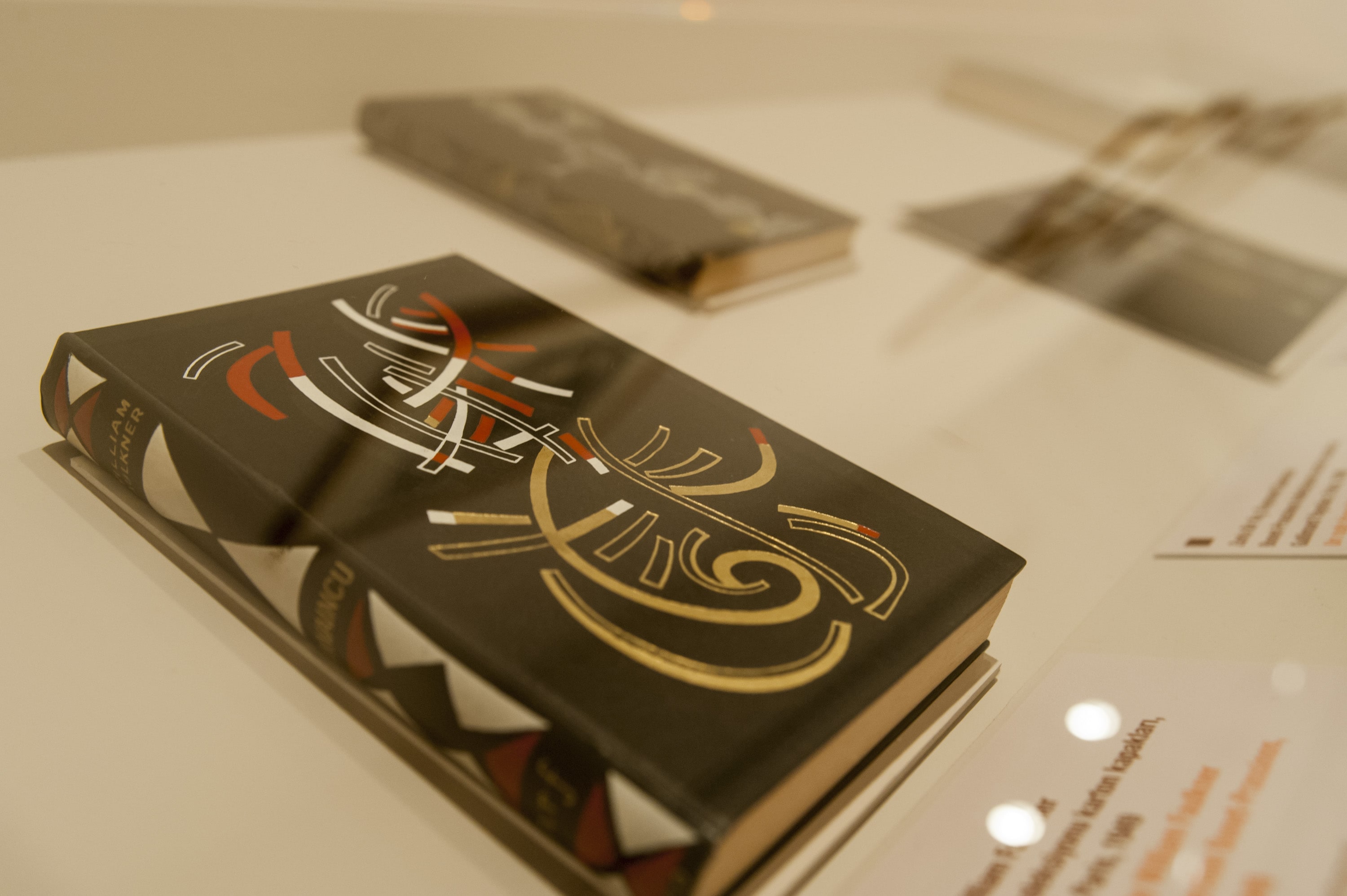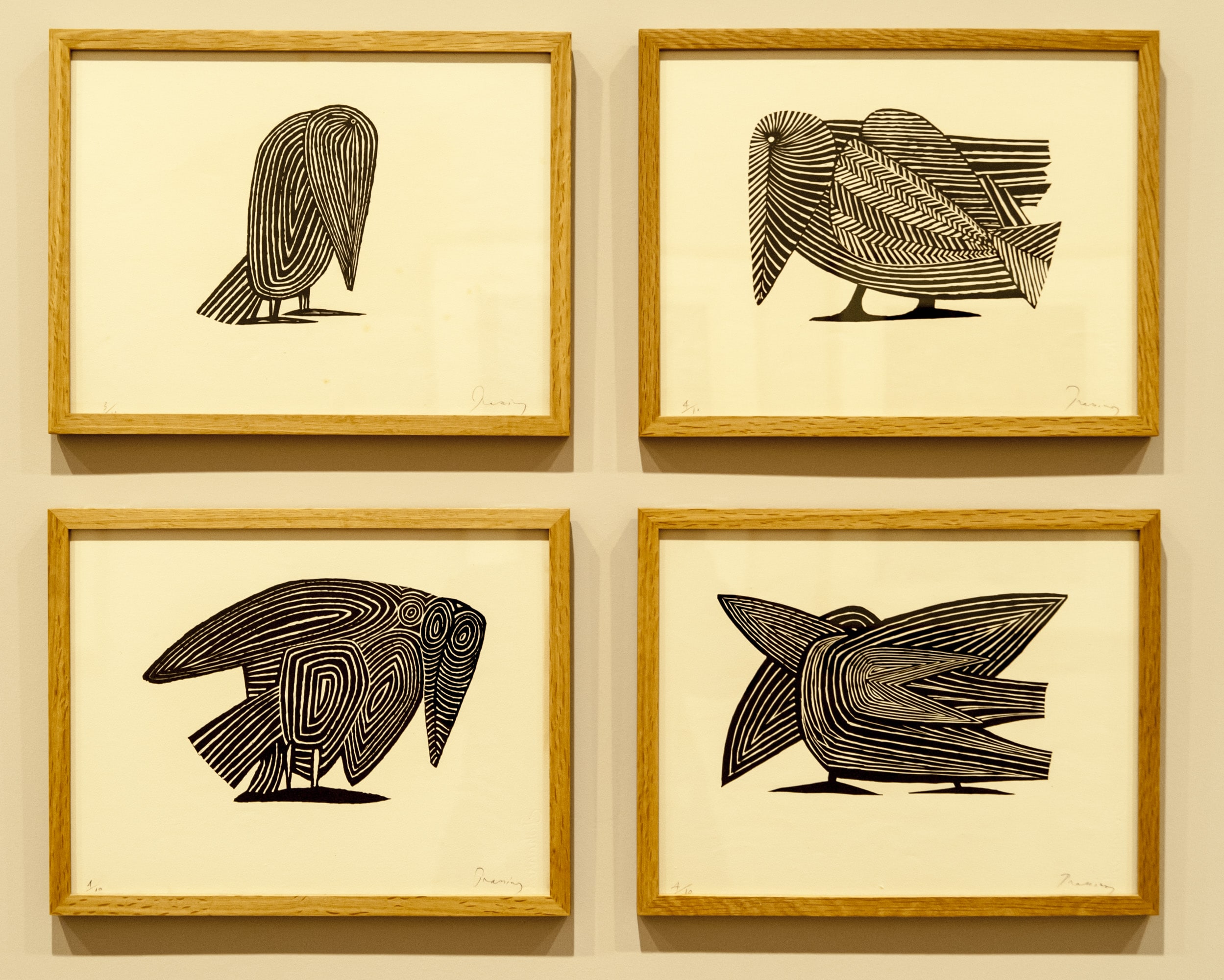08 August 2016

Making illustrations for Surrealist publications in particular as of 1934, Prassinos illustrated the book covers of the L’âge d’or (Golden Age) collection edited by Henri Parisot in the 1940s. During the same period, he designed equally striking 205 cover maquettes for the La Nouvelle Revue Française (NRF) collection published by Gallimard. The collection featured renowned names including Apollinaire, de Beauvoir, Breton, Camus, Faulkner, Hemingway, Kafka, Rimbaud, and Sartre… The illustrations he designed in 1952 for Edgar Allan Poe’s The Raven were, without doubt, the most outstanding ones of all his designs.

The engravings and silk screens of Prassinos carry highly interesting names, such as La nuit de l’eau (The Night of Water), Jardin la nuit (Night Garden), Nuit Marine (Marine Night).
On the 100th anniversary of his birth, Mario Prassinos returned to İstanbul and his place of birth Pera, where his story began, to share, through this exhibition, the many things he took with him in his memories.Mario Prassinos, In Pursuit of an Artist: Istanbul-Paris-Istanbul exhibition took place at Pera Museum between 25 May - 14 August 2016.

Among the most interesting themes in the oeuvre of Prassinos are cypresses, trees, and Turkish landscapes. The cypress woods in Üsküdar he saw every time he stepped out on the terrace of their house in İstanbul or the trees in Petits Champs must have been strong images of childhood for Prassinos.

Three people sleeping side by side. On the uncomfortable seats of the stuffy airplane in the air. Three friends. I’m the friend in the window seat. The other two are a couple, Emre and Melisa. I’m alone, they are together. And another difference. I’ve only closed my eyes. They are asleep.

Pera Museum Blog is launching a new series of creepy stories in collaboration with Turkey’s Fantasy and Science Fiction Arts Association (FABISAD). The Association’s member writers are presenting newly commissioned short horror stories inspired by the artworks of Mario Prassinos as part of the Museum’s In Pursuit of an Artist: Istanbul-Paris-Istanbul exhibition. The third story is by Murat Başekim! The stories will be published online throughout the exhibition. Stay tuned!
Tuesday - Saturday 10:00 - 19:00
Friday 10:00 - 22:00
Sunday 12:00 - 18:00
The museum is closed on Mondays.
On Wednesdays, the students can
visit the museum free of admission.
Full ticket: 300 TL
Discounted: 150 TL
Groups: 200 TL (minimum 10 people)